Looking for a fruit that provides great health benefits? Are you passionate enough to explore your options? Why not check out the different types of passion fruits?
Passion fruit came from the family of Passiflora edulis which is a vine type of the passion flower. You can find different varieties of the passion fruit flowers and passion fruit vines all over the world. But the passionfruits are actually native to southern Brazil through Paraguay and northern Argentina. Yes, it belongs to the small size of fruits but the passion fruit passiflora edulis is actually a rich source of antioxidants and other nutrients.
What Are The 8 Different Types of Passion Fruits
Different passion fruit species are being cultivated in tropical and subtropical areas. They usually vary in size and color, but there are two types that are commonly produced commercially which are the purple passion fruit and yellow passion fruit varieties.
The fruits of the passion flower vines are hard with colorful rind. Its flesh is juicy and filled with plant seeds at the center. If you are looking for its health benefits, fiber, vitamin C, and provitamin A are found on this delicious healthy fruit. Aside from those, essential plant compounds such as carotenoids and polyphenols are also in this variety of fruit.
The passion fruit name came from the English translation of the Latin genus name – Passiflora, which means passion flower. This fruit is eaten fresh or turned into jams. You can also add it on other fruit juices to enhance their aroma.
Let us name some of the different varieties of passion fruit that you might be able to spot in your local supermarkets or local store. Check the information below.
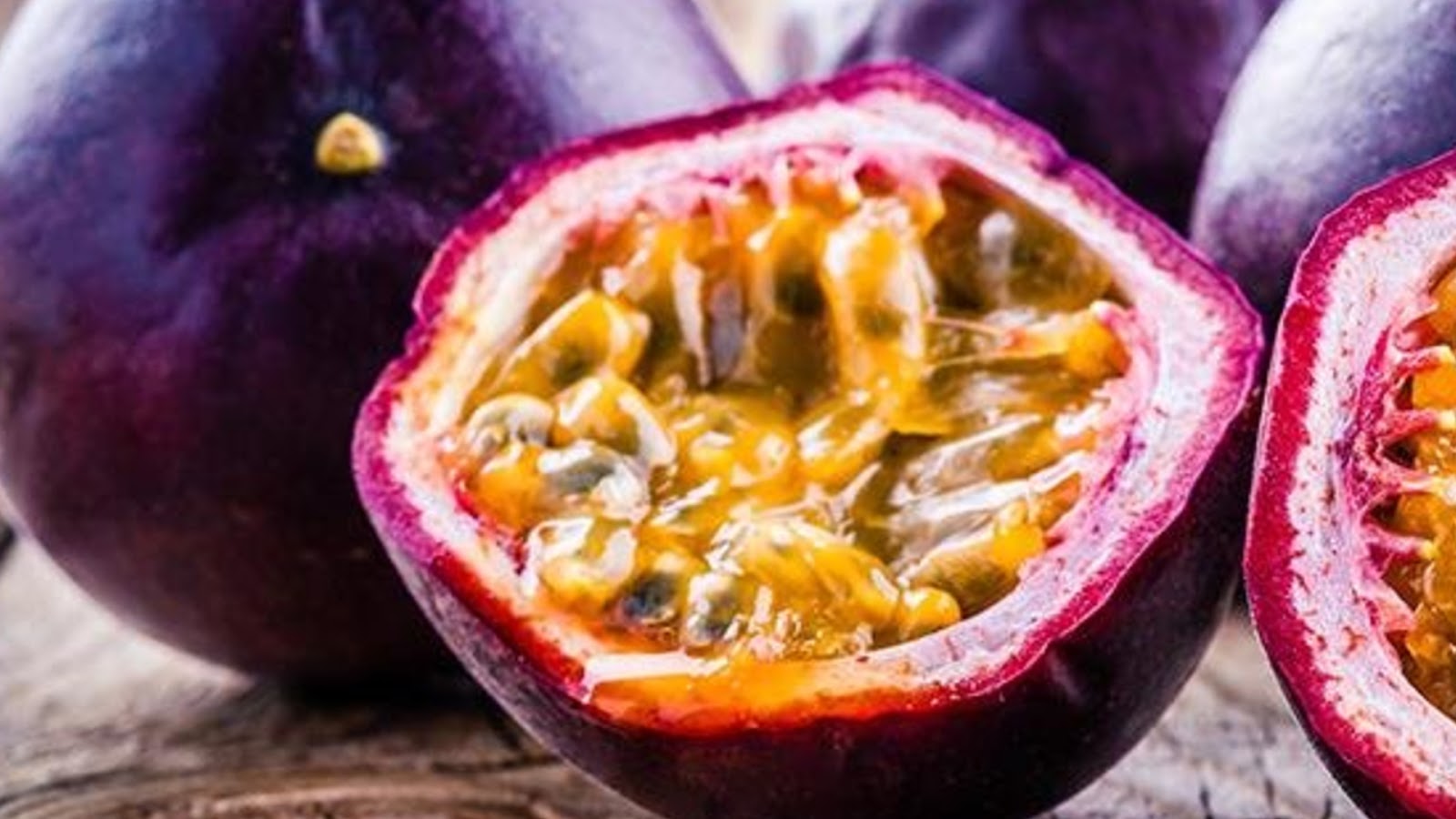
1. Purple Passion Fruit
The purple passion fruit varieties have smaller fruit size when compared to the other variety such as the yellow passion. It has a round to oval shape with curved ends that could measure from 5 to 7 centimeters in diameter.
The skin color could be purple to dark red when young with a smooth and waxy texture. Once it matures, it will develop a darker hue and you might spot some dimples and wrinkles on it.
Purple passion fruit is very fragrant and it produces tropical and floral scent. The flesh or the pulp of this fruit variety has small and edible black seeds that are surrounded with a juicy and succulent yellow to orange sack.
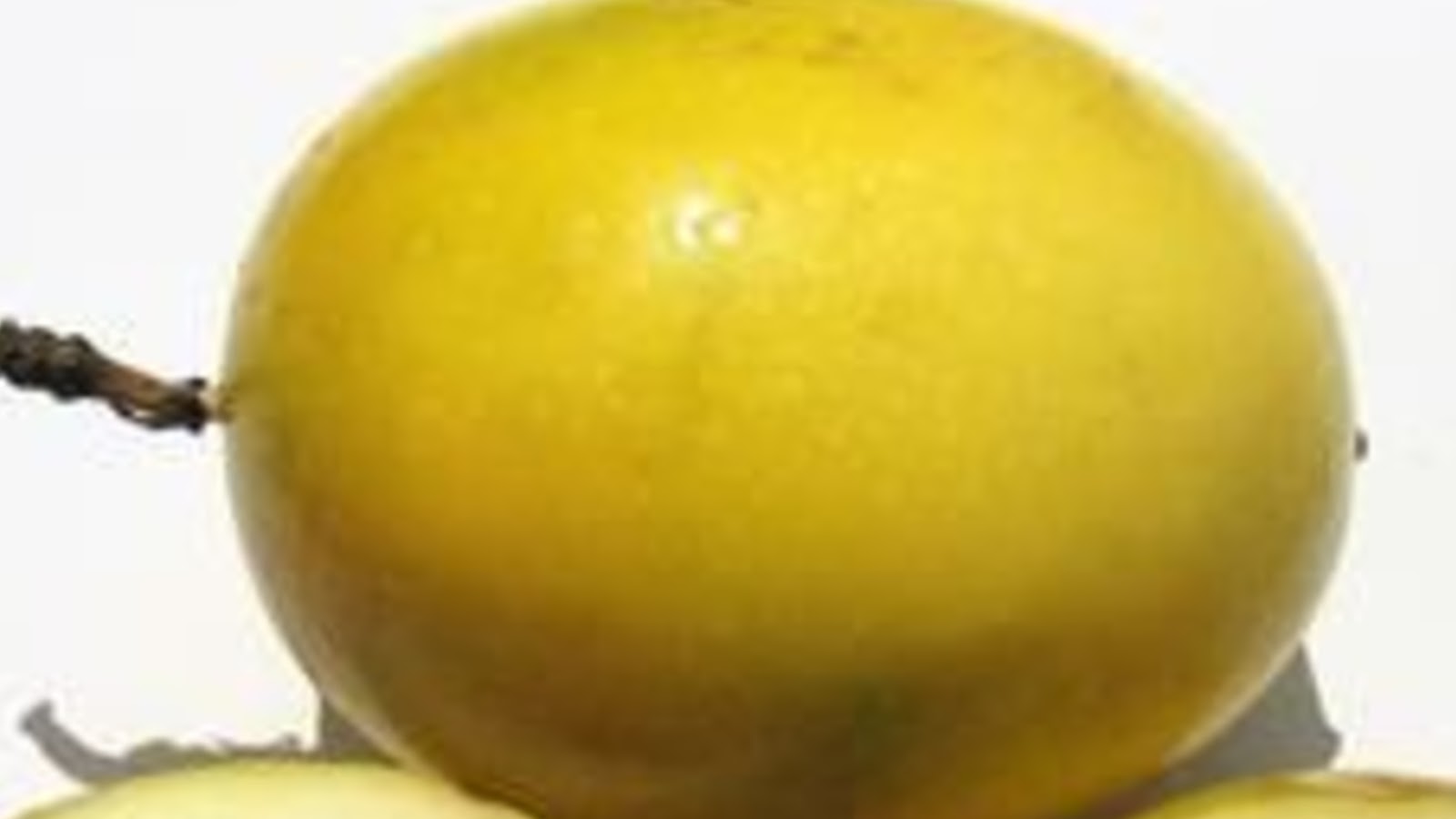
2. Yellow Passion Fruit
This variety of passion fruit is from the Passiflora ligularis family, which is also known as sweet granadilla or grenadia. Others are also calling it the golden passion fruit. When compared to the purple passion, the yellow variety has strong and healthy passion fruit vines that produce larger fruits.
Its pulp is gelatinous in texture with a sweet-tart flavor. It is good eaten fresh or incorporated with your recipes when cooking. The pulp with seeds can be used directly on fruit desserts like fruit salads or cocktails. You can even use this golden passion fruit as toppings on yogurt and ice creams.

3. Banana PassionFruit
This variety is also known as Taxo and curuba that is found in South America. The fruits are oblong or elongated and can measure up to 12 centimeters in length. The vines on which the fruits grow have shiny green leaves. The vines can also measure up to 7 meters long.
With thick and leathery texture, the skin of its fruit will turn from green to bright yellow or orange-yellow as it ripens. Whereas the banana passion fruit has a juicy pulp with great aroma and black seeds. It tastes sweet, with a tart bite and hints of banana, thus, where the name came from aside from its physical appearance.
Eat this fresh and raw or add it on your favorite bowl of fruits salads, cocktails or create your own recipe. You can also turn it into a delicious passion fruit juice.
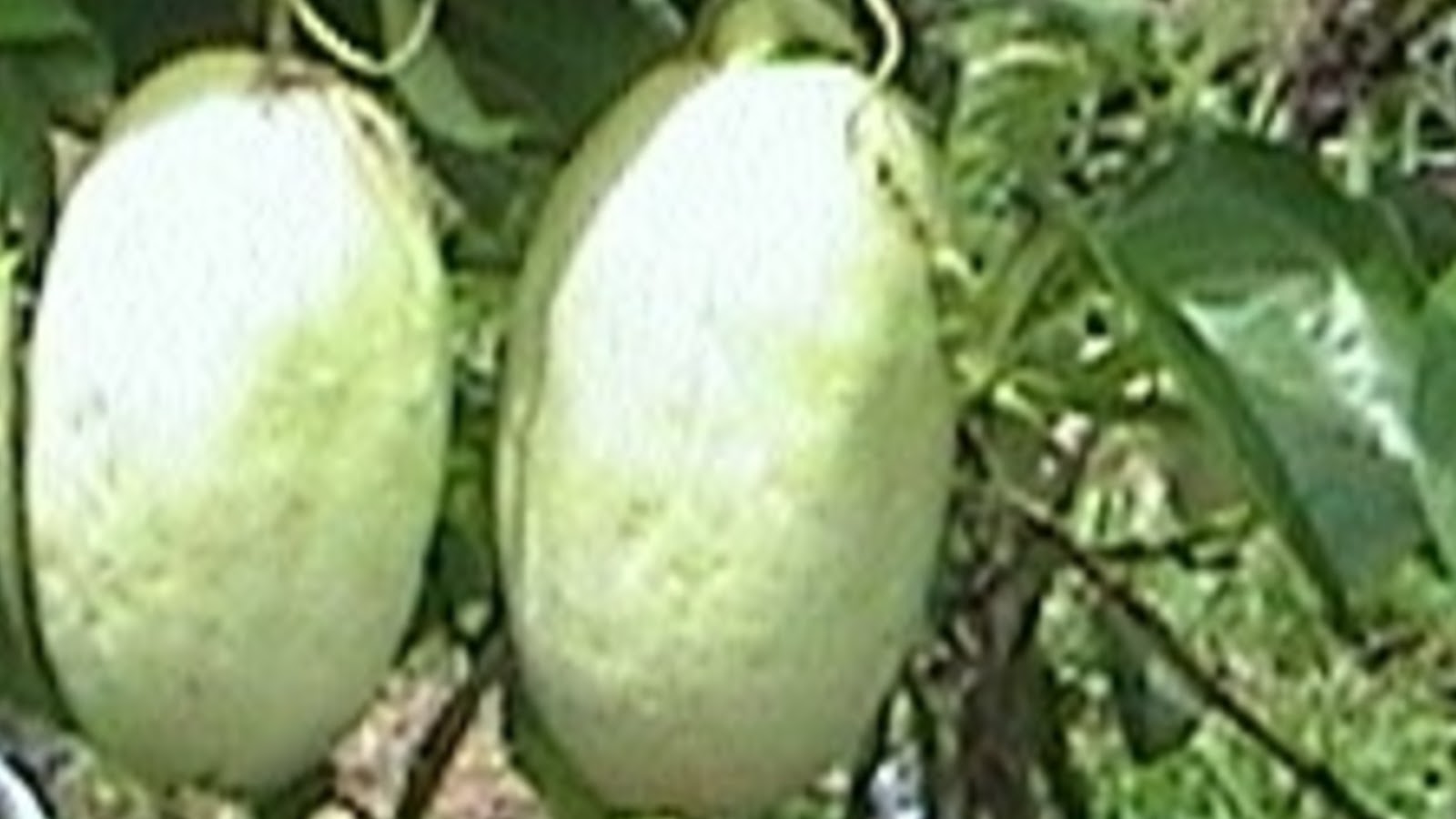
4. Giant Passion Fruit
The giant passion fruit came from the species of Passifloraceae family. It is also referred to as a giant granadilla or barbadine in some regions. Its fruits that grow on its passion flower are large and could weigh up to 4 kilograms.
The skin of this giant granadilla turns medium yellow to light yellow when matured. Its pulp is sweet with numerous seeds at the center. The seed coat is slimy yet succulent.
This fruit is traditionally used as a treatment for stomach aches and other illnesses like nervous headache, diarrhea, asthma, and dysentery.
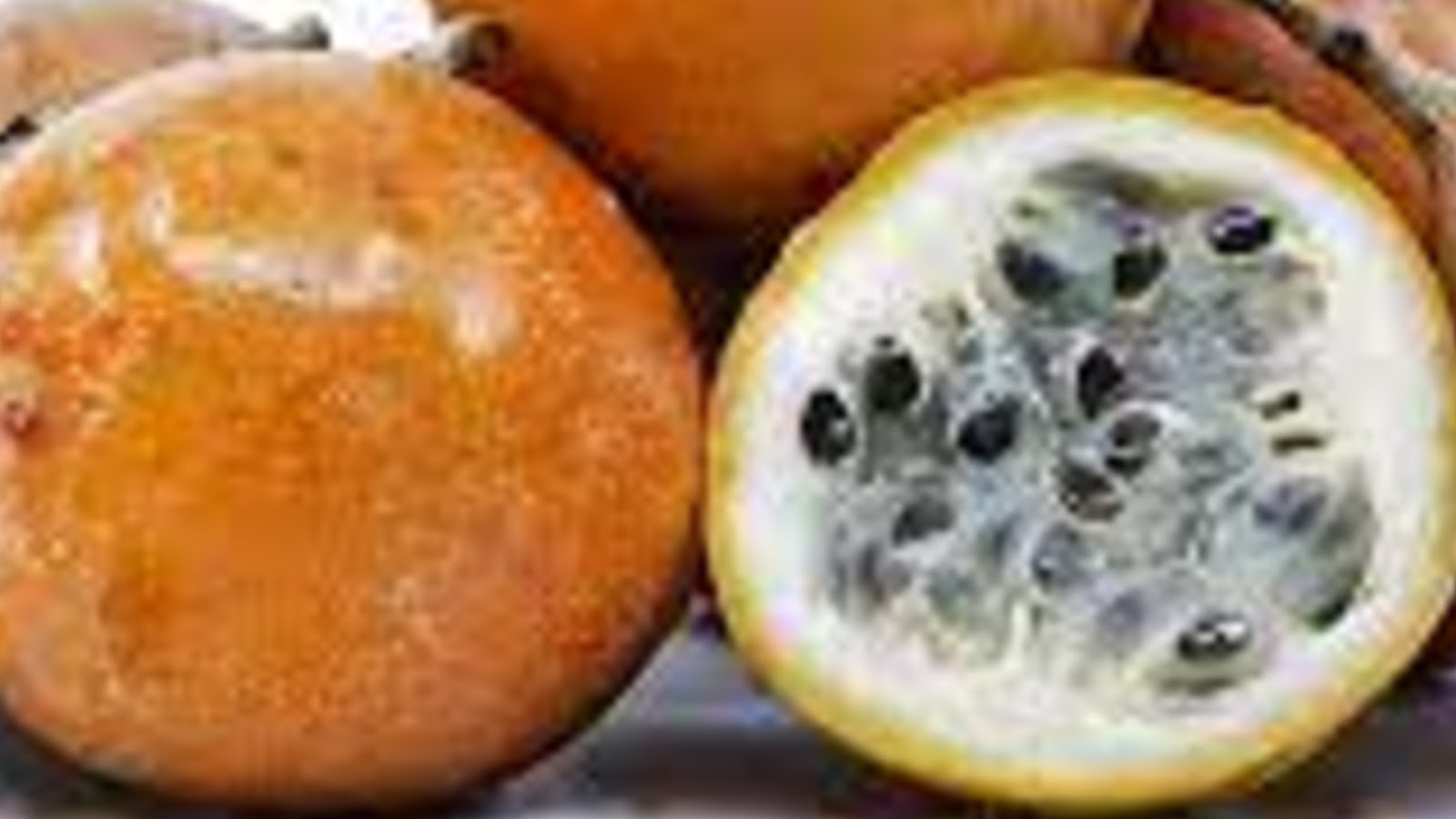
5. Sweet Passion Fruit
Yes, passionfruits are sweet, but the sweet passion variety is a newly released type in the passion family. Cultivars around the world claim that this variety is the most delicious among the passionfruits.
Its unique color will also stand out as it will turn from blue to orange when matured. The white pulp inside is sweet with a great aroma.
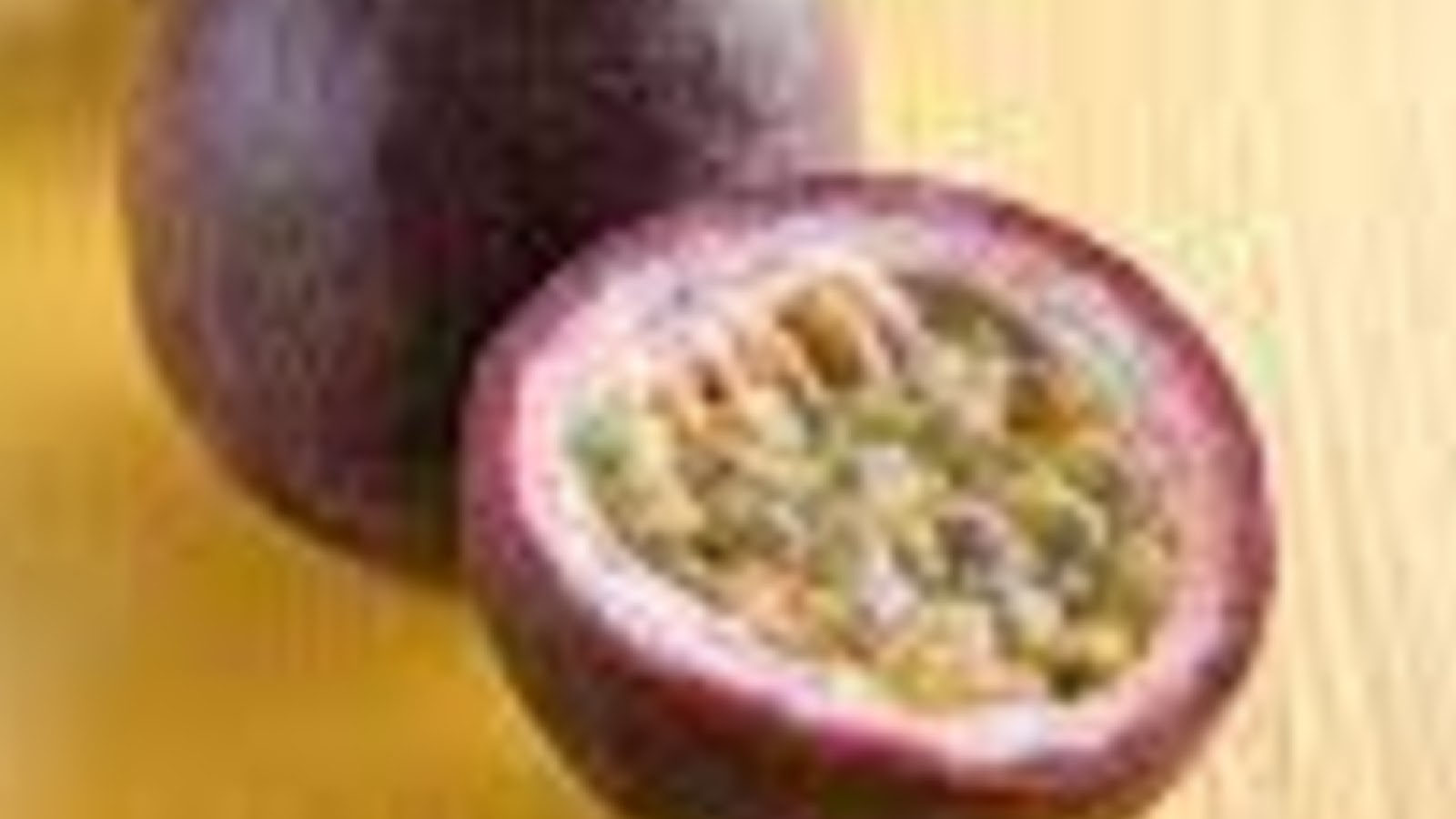
6. Misty Gem Passionfruit
This is a sub-specie from the purple type. You can search this variety in store as it is one of the most common species. Due to its great depth of flavour, it is the most widely grown species all over the world.
Since it came from the purple family, misty gems have dark purple skin but its pulp or flesh may vary from light yellow to bright yellow.
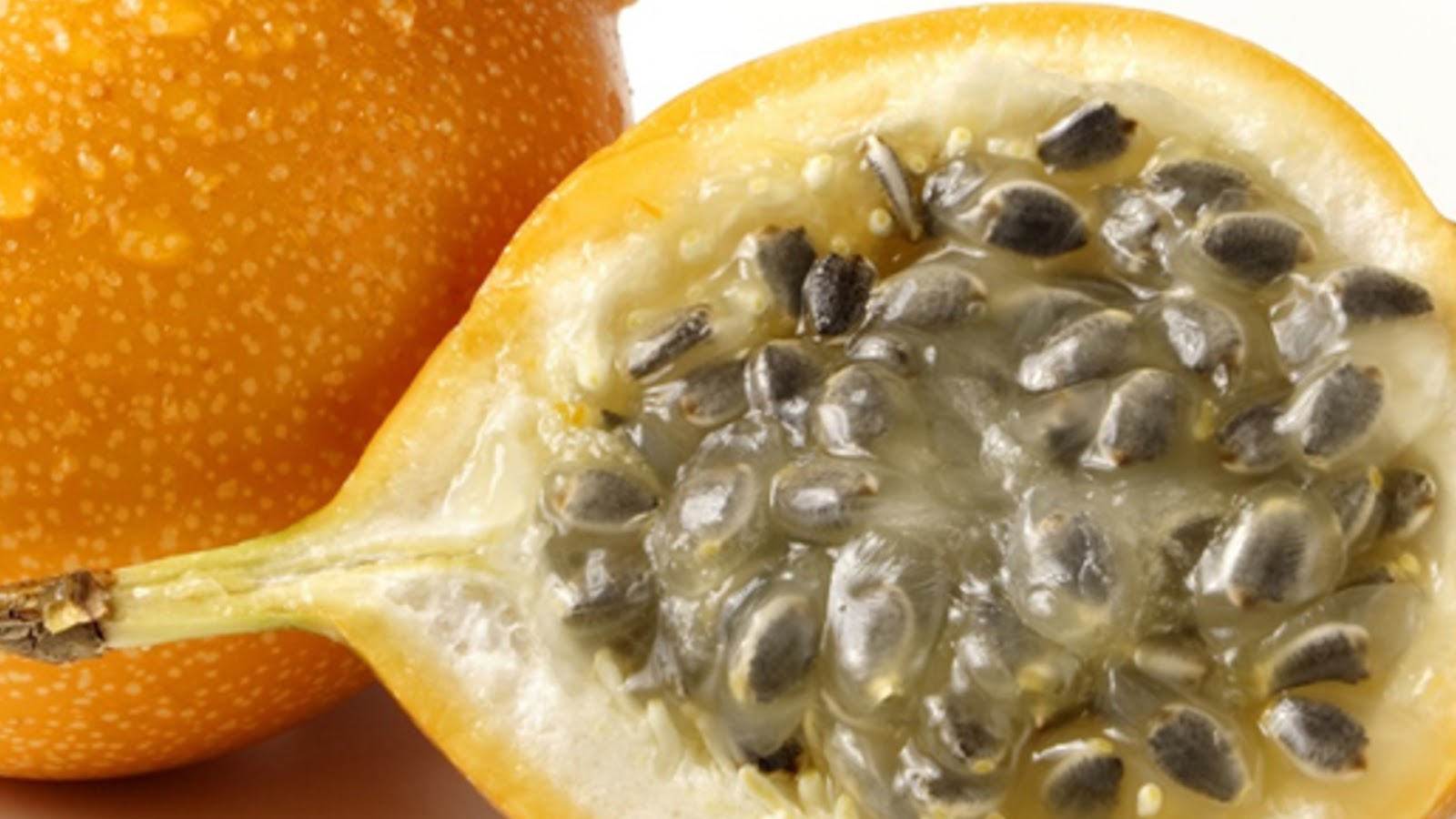
7. Granadilla
Also a sub-specie of the purple type, granadillas have small to medium-sized fruits that could measure up to 8 cm in length and 5 cm in diameter. Its shape is elongated and with a lightweight feel. You can also see a smooth, firm, and thick rind that is green when young but it will start to darken into an orange-yellow tint when matured.
Its pulp has a bright, sweet, tangy, and fruity flavor. The seeds of the granadillas also add a nutty flavor to its tropical and floral undertones. Its exotic taste has been incorporated into some desserts, salads and cocktails.
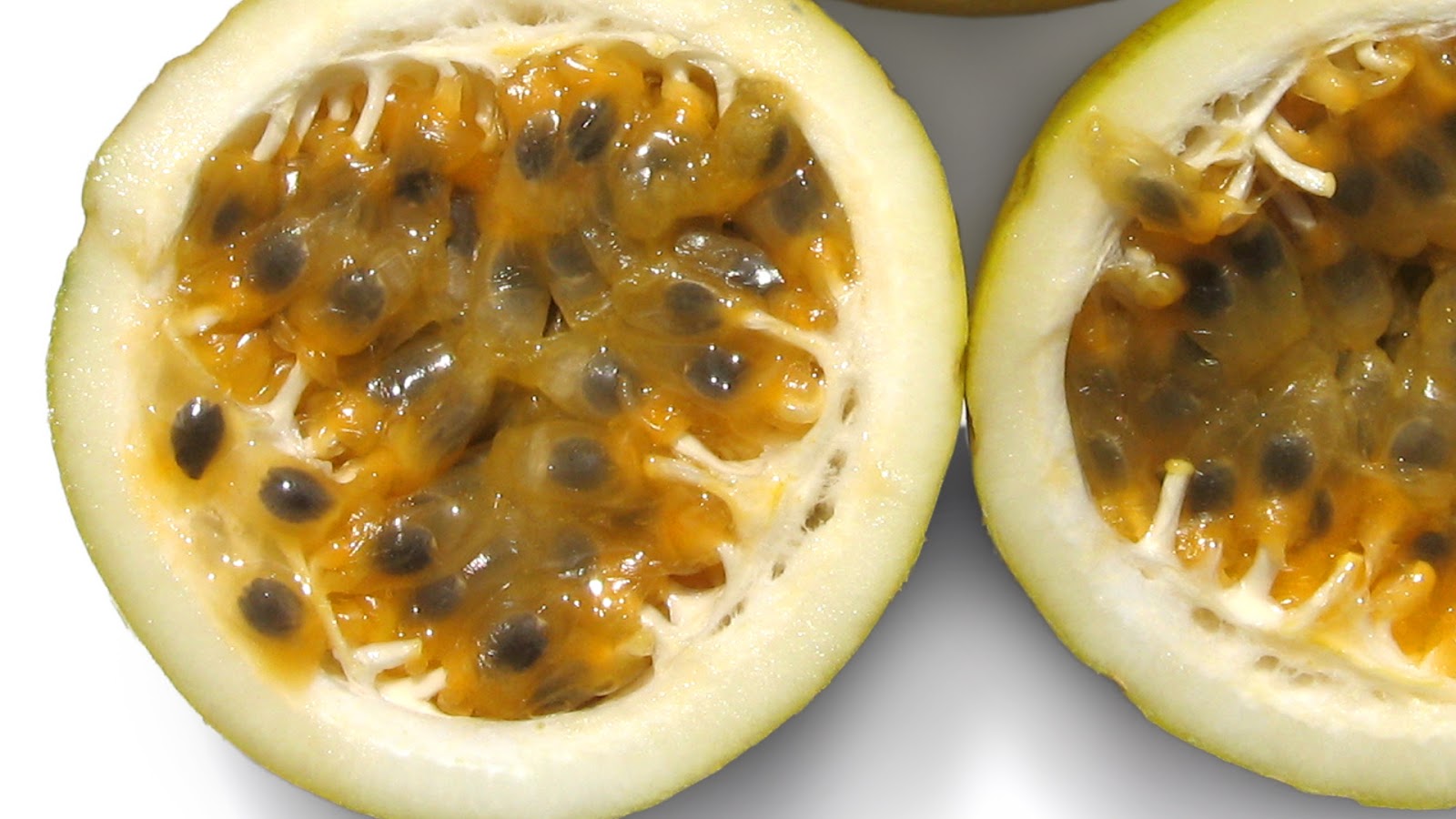
8. Maracuya
Translated into English as passion fruit, maracuya refers to a large yellow variety grown in South America like Costa Rica and Brazil. This is a sub-specie of the yellow type with large, round to oblong fruits.
Maracuya fruits have wrinkled skin when matured but they are soft to touch. Its pulp has a very sweet, tangy and tropical flavor with floral aroma. You can expect these varieties to be available in the winter and through the summer months.

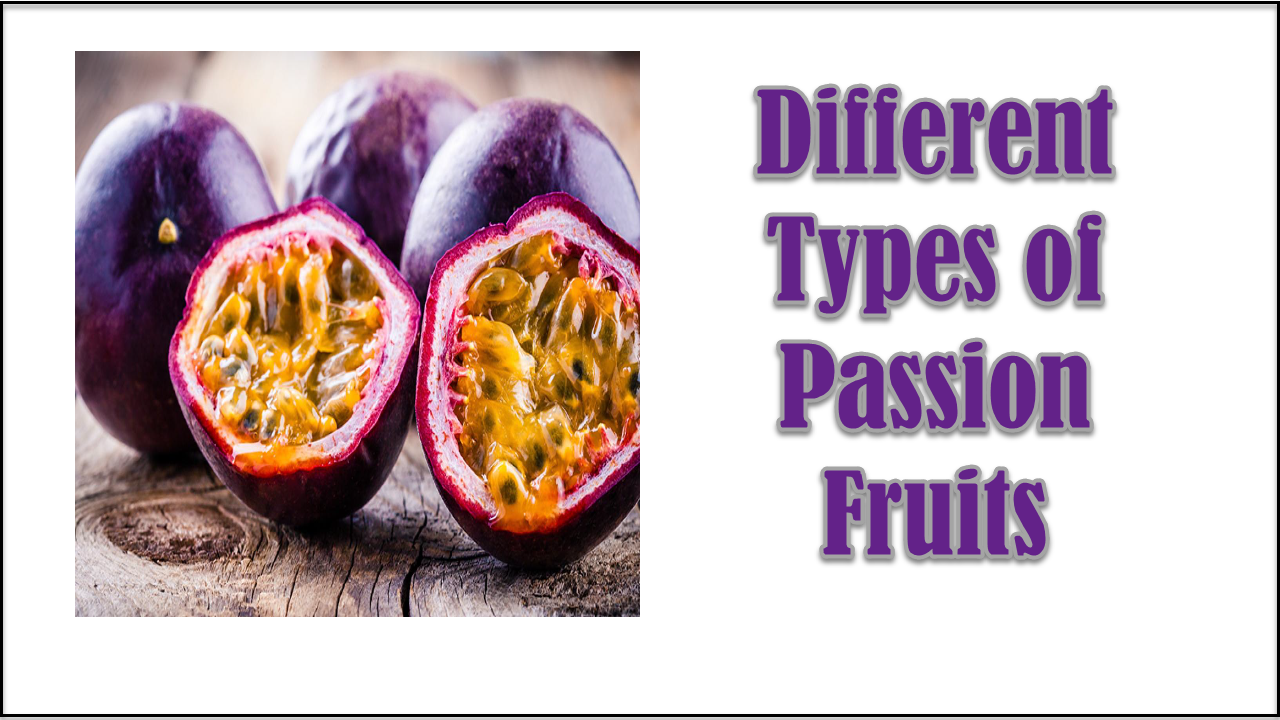
Omg it looks like worms ? but tastes good ?